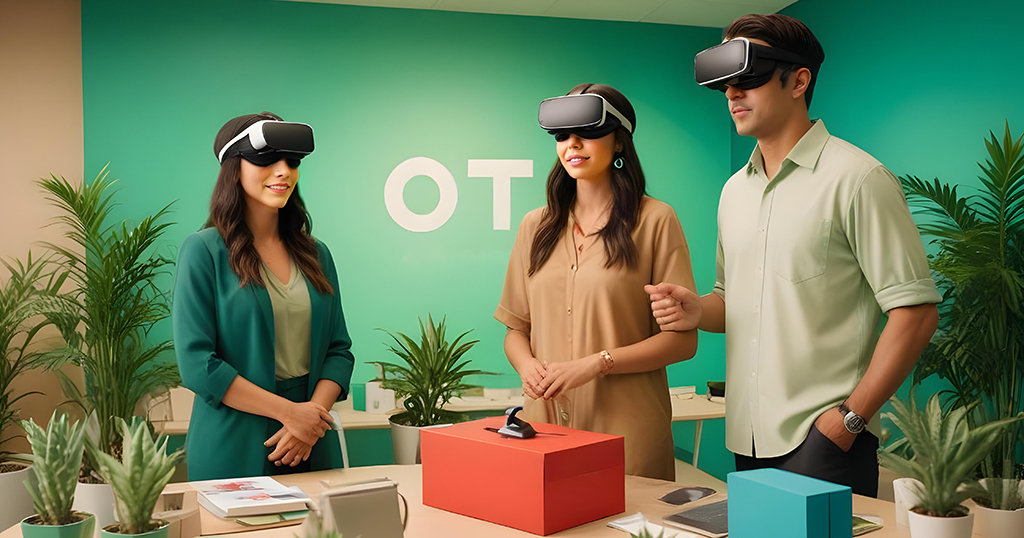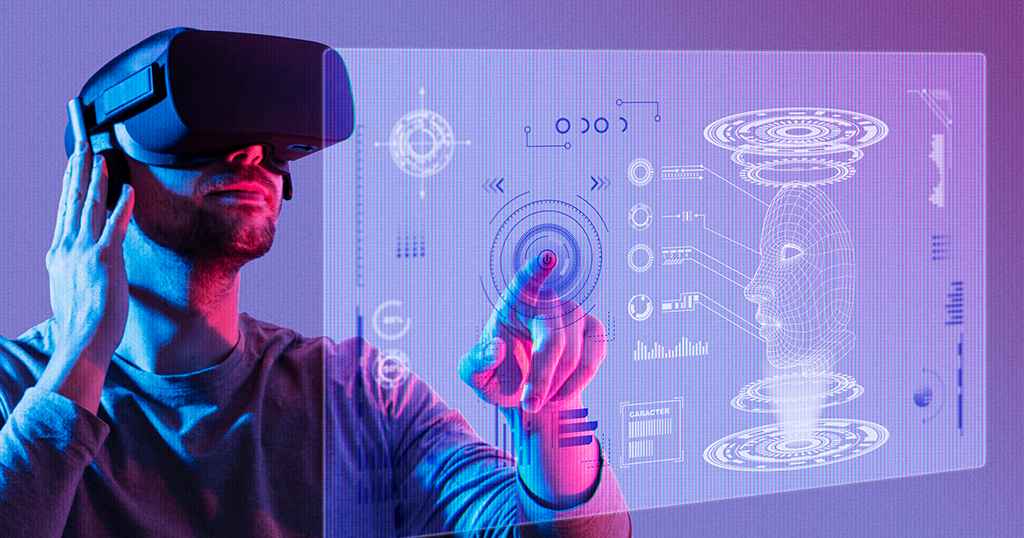The Role of AR and VR in Enhancing Gift Personalization
Aug 07, 2024
Imagine searching for the perfect gift, something that truly reflects the personality and interests of your loved one. Instead of settling for a generic option, what if you could use technology to create a gift that feels uniquely tailored to them? This is where Augmented Reality (AR) and Virtual Reality (VR) come into play, transforming the way we approach gift-giving. These technologies offer innovative ways to enhance the gifting experience, making it more interactive, meaningful, and tailored to individual preferences. Let’s dive into how AR and VR are enhancing gift personalization and why this matters in today’s digital age.
Understanding AR and VR
Before we explore their impact on gift personalization, it’s essential to understand what AR and VR are.
- Augmented Reality (AR) overlays digital information into the real world. This means you can use your smartphone or AR glasses to see virtual objects in your physical environment. For example, imagine pointing your phone at a blank wall and seeing a virtual painting appear.
- Virtual Reality (VR) immerses users in a completely virtual environment, typically through a headset. This technology transports you to a different world where you can interact with 3D objects and environments as if they were real.
Both technologies are rapidly evolving and have found applications across various sectors, including retail, education, and entertainment. Their potential in enhancing gift personalization is particularly noteworthy.
The Personal Touch: How AR and VR Enhance Gift Giving
1. Virtual Try-Ons and Customization
One of the most significant advantages of AR in gift personalization is the ability to offer virtual try-ons. For example, a user can use an AR app to visualize how a piece of jewelry looks on them before making a purchase. This feature is especially beneficial for gifts like clothing, accessories, and even cosmetics, allowing the giver to select items that truly match the recipient’s style and preferences.
Moreover, brands can allow customers to customize gifts in real time using AR. Imagine being able to see a personalized message on a mug or a unique design on a piece of clothing before finalizing the order. This level of customization not only enhances the gifting experience but also ensures that the gift is truly one-of-a-kind.
2. Immersive Gift Experiences
VR takes personalization a step further by offering immersive experiences as gifts. Instead of a physical item, you could gift someone a VR experience, such as a virtual tour of a city they’ve always wanted to visit or a thrilling adventure like skydiving. This approach emphasizes experiences over material possessions, which can create lasting memories.
For instance, a travel agency could offer a VR experience of a destination, allowing the recipient to explore the locale virtually before deciding to visit. This not only makes the gift more engaging but also provides a unique way to connect with the recipient’s interests.
3. Enhanced Storytelling
AR and VR can transform how gifts are presented and the stories behind them. Imagine gifting a book that comes to life through AR. When the recipient scans the cover with their phone, they might see a video of the author discussing the book or animations that illustrate key themes. This interactive storytelling can create a deeper emotional connection to the gift.
Similarly, VR can be used to create personalized videos that accompany gifts. A heartfelt message delivered through a VR experience can make the gift feel more special and thought-out, enhancing the emotional impact of the gesture.
4. Social Sharing and Community Engagement
In today’s digital age, sharing experiences on social media is a significant part of how we connect. AR and VR gifts can be designed to encourage social sharing. For example, a virtual event or experience can be shared with friends and family, allowing everyone to participate, even if they are miles apart. This communal aspect can make the gift more enjoyable and memorable.
Additionally, brands can leverage AR and VR to create interactive campaigns that encourage users to share their personalized gifts online. This not only boosts brand engagement but also fosters a sense of community among users who share similar interests.
5. Data-Driven Personalization
The use of AR and VR in gift personalization is also enhanced by data analytics. Brands can gather insights about user preferences and behaviors, allowing them to tailor recommendations and experiences more effectively. For instance, if a user frequently engages with certain types of products or experiences, brands can suggest gifts that align with those interests.
This data-driven approach ensures that the gifts are not only personalized but also relevant, increasing the likelihood of a positive response from the recipient.
The Future of Gift Personalization with AR and VR
As AR and VR technologies continue to evolve, their role in gift personalization is expected to expand. Here are a few trends to watch for:
- Increased Accessibility: As AR and VR become more mainstream, we can expect more brands to adopt these technologies, making personalized gifting experiences accessible to a broader audience.
- Integration with E-commerce: The integration of AR and VR into e-commerce platforms will likely become more seamless, allowing users to personalize gifts directly from their shopping experience.
- Sustainability: With a growing emphasis on sustainability, virtual experiences may become more popular as gifts, reducing the need for physical products and packaging.
- Enhanced Interactivity: Future advancements in AR and VR will likely lead to even more interactive and engaging experiences, making the act of gifting more dynamic and fun.
Conclusion
The role of AR and VR in enhancing gift personalization is a game-changer in the way we approach gifting. By providing immersive experiences, enabling customization, and fostering emotional connections, these technologies are transforming what it means to give and receive gifts. As we move forward, embracing these innovations will not only enrich our gifting experiences but also strengthen the bonds we share with our loved ones.
So, the next time you’re on the hunt for the perfect gift, consider how AR and VR can help you create a truly memorable experience. Contact us at awwwEX to learn more and schedule a demo of our innovative solutions that are transforming the way we give and receive gifts!








